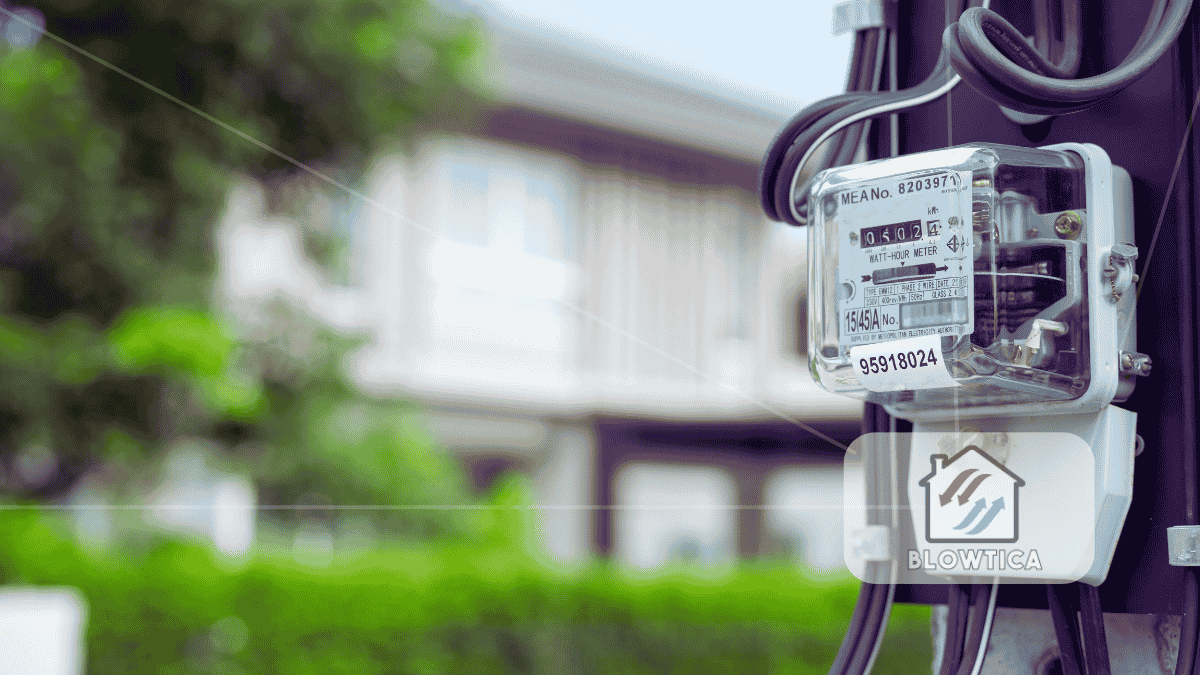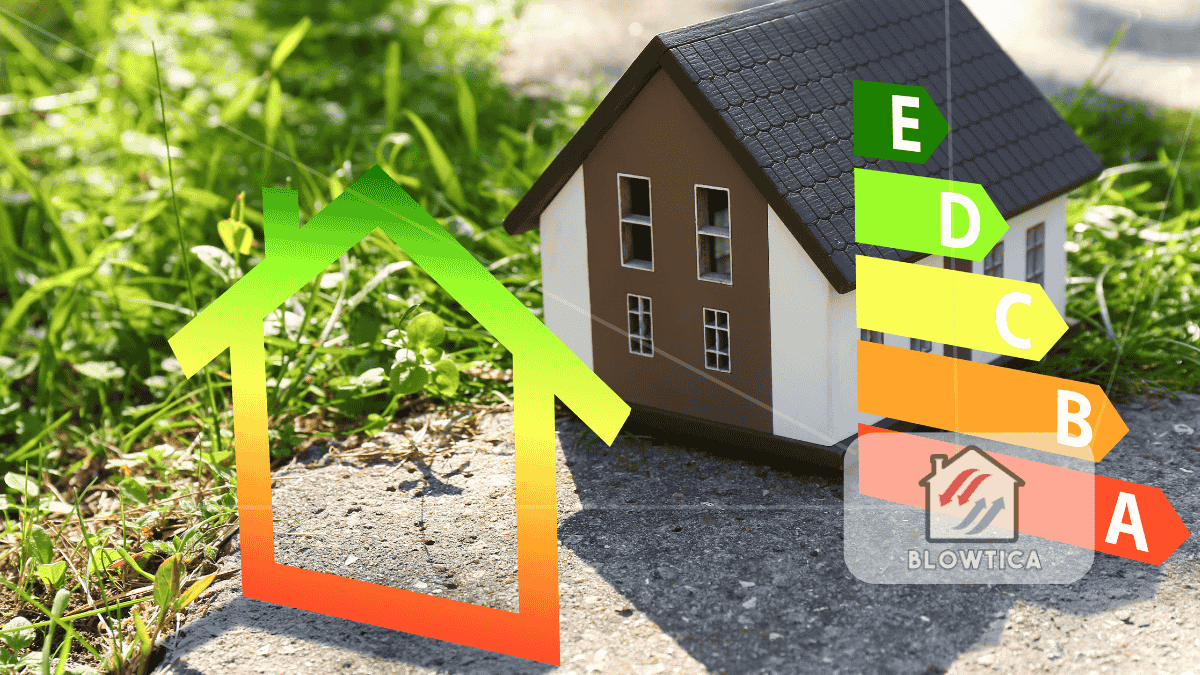
When it comes to managing your home’s heating and cooling, the choice between a smart thermostat and a traditional one isn’t just about convenience. It’s about cost, efficiency, and comfort. With energy prices climbing and sustainability becoming a household priority, homeowners are asking: smart thermostat vs traditional, which really saves more?
The answer isn’t always black and white. The best choice depends on your lifestyle, budget, and how proactive you are with energy management.
This article breaks it all down. How each type works, what they cost, how much they can save, and what to expect in real-life usage. By the end, you’ll be equipped to make the smartest decision for your home and wallet.
Understanding the Basics
Before comparing savings, let’s start with the basics of how each system functions.
What Is a Smart Thermostat?
A smart thermostat is a connected device that lets you control your HVAC system remotely, usually through a smartphone app. But it goes far beyond remote access.
Smart thermostats learn your schedule and preferences over time. Many use sensors and algorithms to automatically adjust temperatures when you’re home, asleep, or away. Some even use geofencing technology to detect your phone’s location and tweak settings accordingly.
Modern models like Nest, Ecobee, and Honeywell Home can analyze your usage trends, provide monthly energy reports, and help you find cost-saving patterns without lifting a finger.
What Is a Traditional Thermostat?
A traditional thermostat, sometimes called a manual or analog thermostat, is what most homes had for decades. You turn a dial or press a button to set the temperature. That’s it.
Programmable thermostats sit somewhere in the middle. They allow scheduled temperature changes, like setting the heat lower at night or while you’re at work, but they don’t learn your habits or adjust themselves automatically.
Energy Efficiency Showdown: Which Saves More?
Now to the heart of the smart thermostat vs traditional debate. Energy savings.
The Human Factor in Traditional Thermostats
Traditional thermostats rely completely on human input. Forget to turn down the heat before leaving for work? Your system keeps running all day. Feeling chilly at night, but forget to reprogram it later? That means wasted energy.
Even programmable models help only if used consistently. Most homeowners don’t. In fact, studies have shown that nearly 40 percent of people with programmable thermostats never bother to program them.
How Smart Thermostats Save
Smart thermostats eliminate guesswork and forgetfulness. They automatically adjust based on:
- Your daily routine
- Outside weather
- Room occupancy
- Your past behavior
- Real-time energy demand
Some models even communicate with utility providers during peak hours to optimize energy use across the grid. This is called demand-response capability.
A smart thermostat actively finds ways to save energy every day. That is a major advantage over any traditional model.
Real Savings: Numbers That Matter
Let’s talk real dollars. On average, heating and cooling account for nearly 50 percent of a household’s total energy bill.
With Traditional Thermostats
- Savings depend entirely on user behavior
- If used perfectly, up to 10 percent annual savings (rare in practice)
- Typical households save little due to inconsistent use
With Smart Thermostats
- Energy Star-certified models save users around 8 to 15 percent annually
- Nest claims users save 10 to 12 percent on heating and 15 percent on cooling
- Ecobee reports an average of 23 percent energy reduction in homes using their devices correctly
Let’s say your yearly HVAC bill is $2,000. A 10 percent cut from a smart thermostat equals $200 saved per year. Over five years, that’s $1,000. Often more than double the cost of the device.
Upfront Cost vs Long-Term Payoff
Smart Thermostat Costs:
- Device price: $100 to $300
- Installation: $0 to $150 (DIY is possible but may need a pro)
- May need a C-wire or adapter in older systems
Traditional Thermostat Costs:
- Device price: $20 to $60
- Installation: Easy and inexpensive
- Works with most older systems without adapters
On paper, traditional thermostats are cheaper. But the long-term ROI of smart thermostats tends to offset their initial price within a year or two, depending on your energy usage.
User Experience: Life with Each Thermostat
Let’s compare the day-to-day experience of living with each device.
Smart Thermostats:
- Adjust from your phone, whether you’re on the couch or across the country
- Set and forget. The thermostat learns and adapts to your lifestyle
- Monitor energy usage through detailed reports
- Get maintenance alerts and reminders
- Integrate with other smart home tools for full-home automation
Traditional Thermostats:
- Require manual adjustment every time you leave or return home
- No remote access or mobile control
- No performance tracking or insight into energy use
- No alerts or real-time feedback
For homeowners with irregular schedules or who travel often, a smart thermostat delivers significant convenience and peace of mind.
Environmental Impact: Which Is Greener?
Energy efficiency isn’t just about money. It’s about sustainability.
Traditional Thermostats:
- This often leads to the overuse of HVAC systems
- Waste energy occurs when users forget to adjust
Smart Thermostats:
- Reduce overall energy demand
- Help homes reduce carbon emissions
- Some models offer eco-modes that prioritize sustainability
- Enable smarter grids through demand-response participation
For environmentally-conscious households, smart thermostats are the clear winner.
What About Security and Privacy?
In the smart thermostat vs traditional discussion, one issue that deserves more attention is data privacy.
Smart thermostats collect data. When you’re home, how you use energy, what rooms you occupy, and even when you’re likely to leave, while this data helps improve efficiency, it also raises privacy questions.
Reputable manufacturers offer data encryption and allow users to control what gets shared. Still, it’s something to consider if you’re wary of connected devices.
Traditional thermostats have no data concerns, but also no smart features.
Installation: Easy or Involved?
Smart Thermostats:
- DIY for modern homes with compatible wiring
- May require a C-wire or power adapter
- Some older HVAC systems aren’t compatible
- Installation takes 30 to 60 minutes
Traditional Thermostats:
- Nearly universal compatibility
- No power source needed
- Install in under 15 minutes
If you’re tech-savvy, installing a smart thermostat isn’t hard. But it’s not plug-and-play for every system. Always check compatibility first.
User Feedback: What People Are Actually Saying
No comparison is complete without hearing from real users.
- Case 1 – Energy Hawk: “After switching to a smart thermostat, I could see exactly when my AC was running too long. The app helped me adjust the schedule, and I shaved $40 off my first month’s bill.”
- Case 2 – Technophobe: “I tried a smart thermostat and ended up going back to manual. I like having control with a physical knob and not worrying about apps.”
- Case 3 – Frequent Traveler: “I travel for work, and being able to turn the heat on remotely before I fly home is a game-changer. Worth every penny.”
Your lifestyle will heavily influence which thermostat works best for you.
Smart Thermostat vs Traditional: Final Breakdown
Here’s a quick summary to guide your decision:
| Criteria | Smart Thermostat | Traditional Thermostat |
|---|---|---|
| Energy savings | High (8 to 15 percent annually) | Low to moderate (user-dependent) |
| Upfront cost | Higher ($100 to $300) | Lower ($20 to $60) |
| Installation | May require compatibility check | Plug-and-play |
| Remote access | Yes | No |
| Learning features | Yes | No |
| Data privacy concerns | Yes | None |
| Environmental impact | Positive | Neutral or negative |
| Best for | Tech-friendly, busy, eco-conscious homes | Budget-conscious, low-tech users |
The Bottom Line
So, smart thermostat vs traditional. Which one wins?
If your goal is to lower utility bills, improve comfort, and take a step toward a smarter, greener home, the smart thermostat is a clear winner. While it costs more up front, it pays for itself quickly and offers ongoing savings and convenience that a traditional thermostat simply can’t match.
On the other hand, if your home is small, your schedule is consistent, or you prefer simplicity without smart features, a traditional thermostat can still be effective. Especially if you’re disciplined about adjusting it.
In the end, it’s not just about saving money. It’s about how you live. Choosing the right thermostat can make your home smarter, more efficient, and more comfortable year-round.






